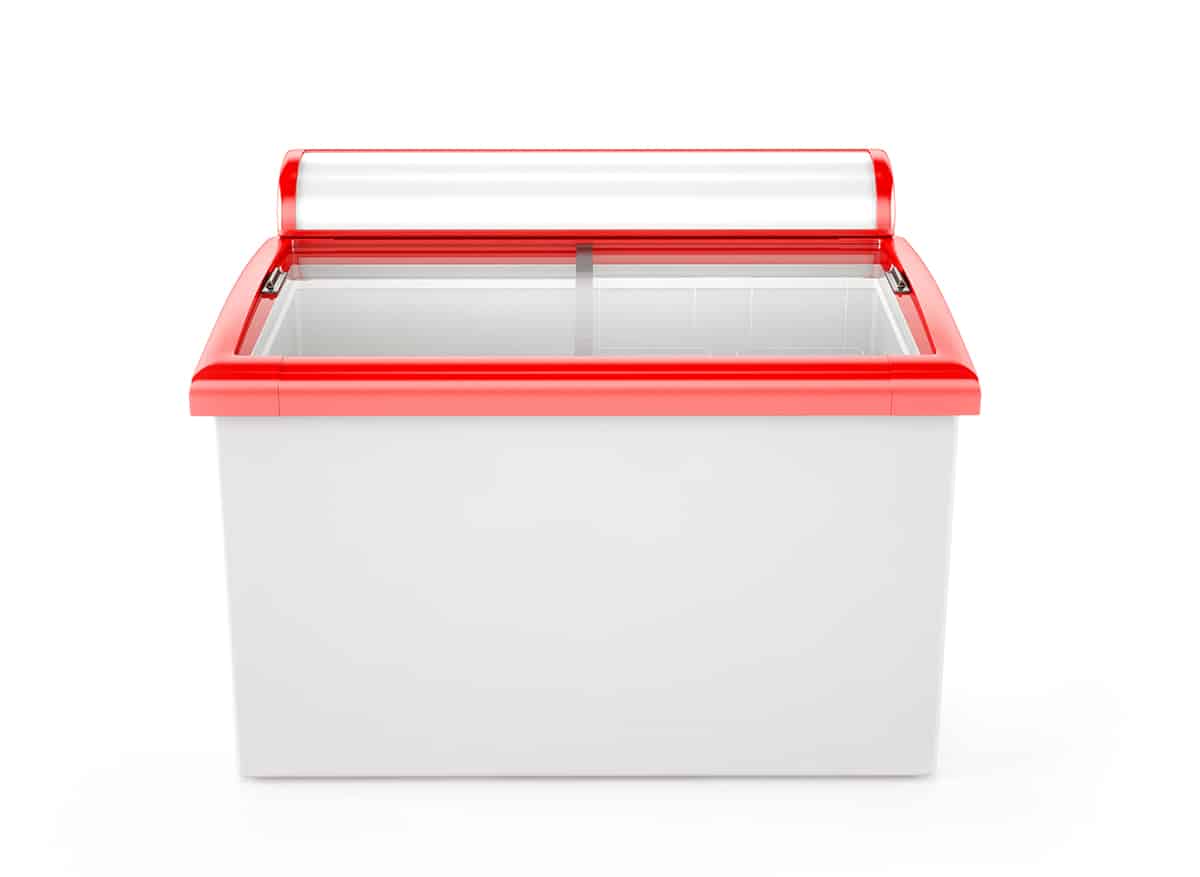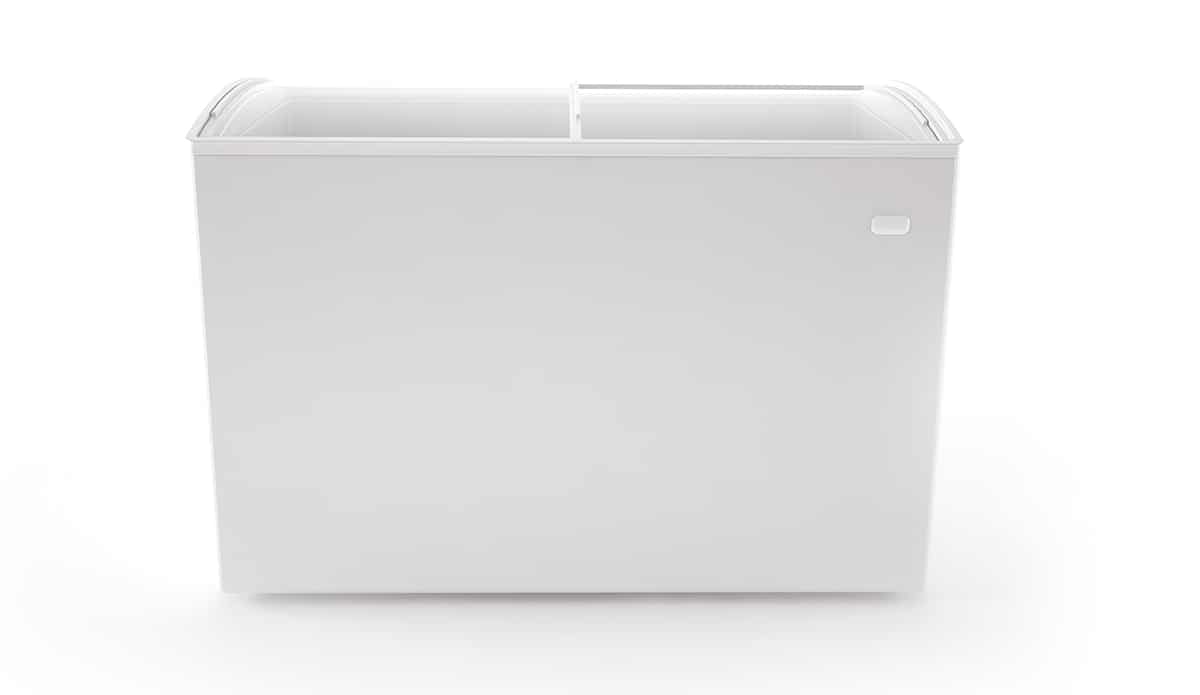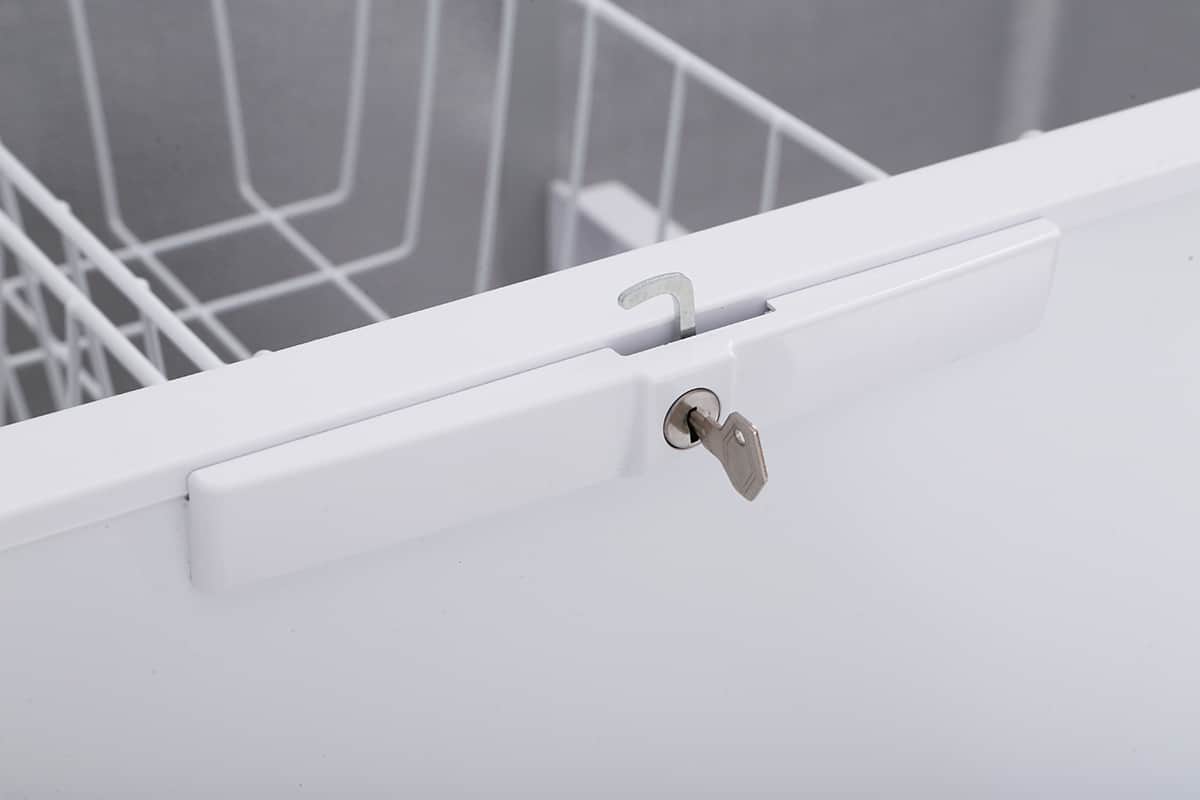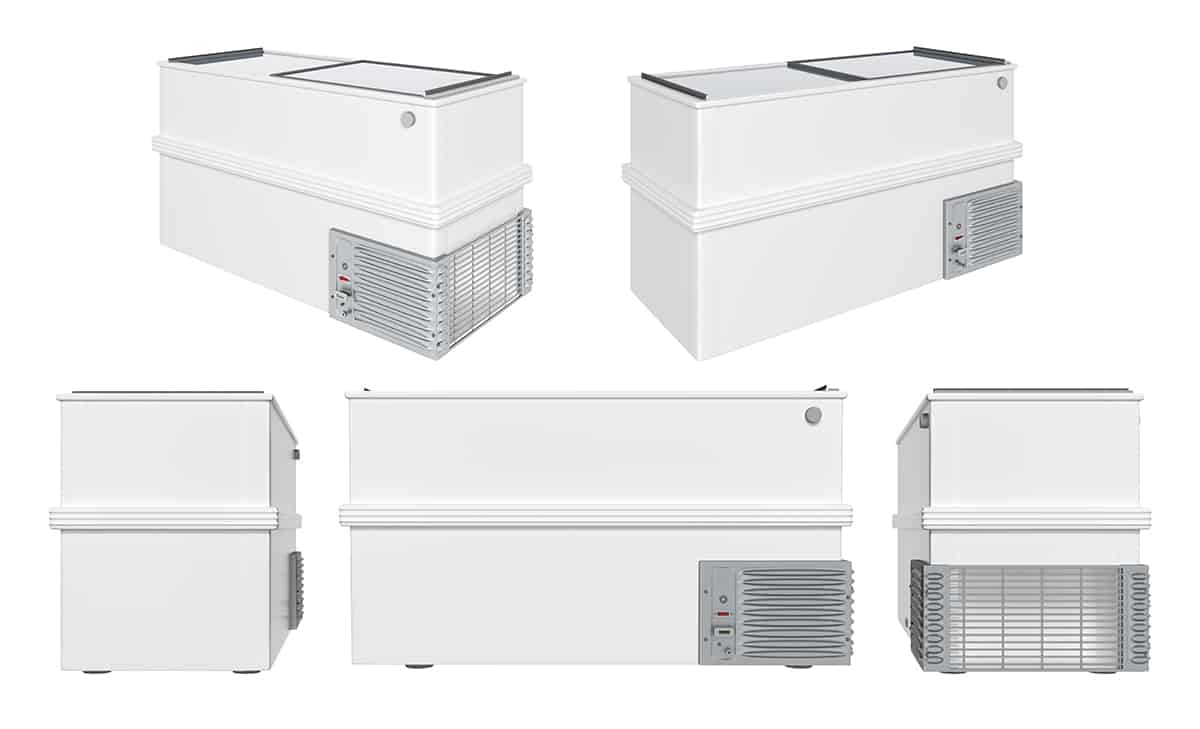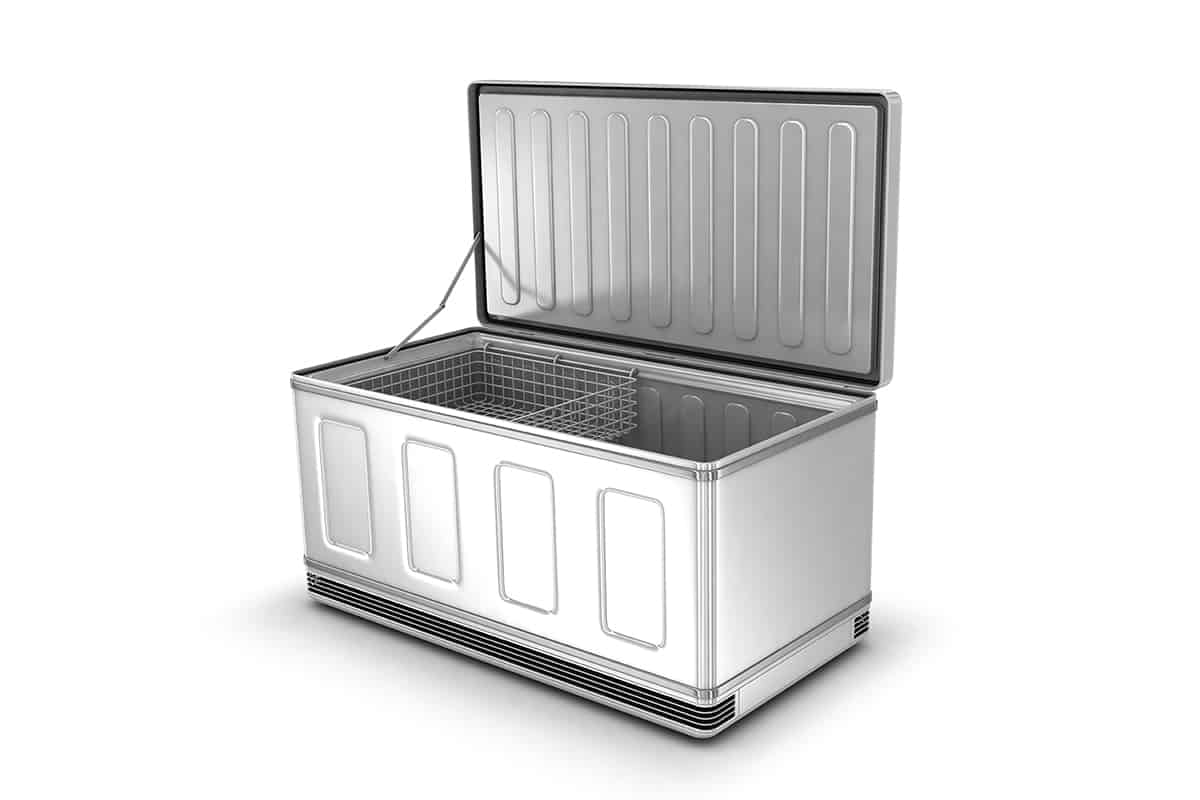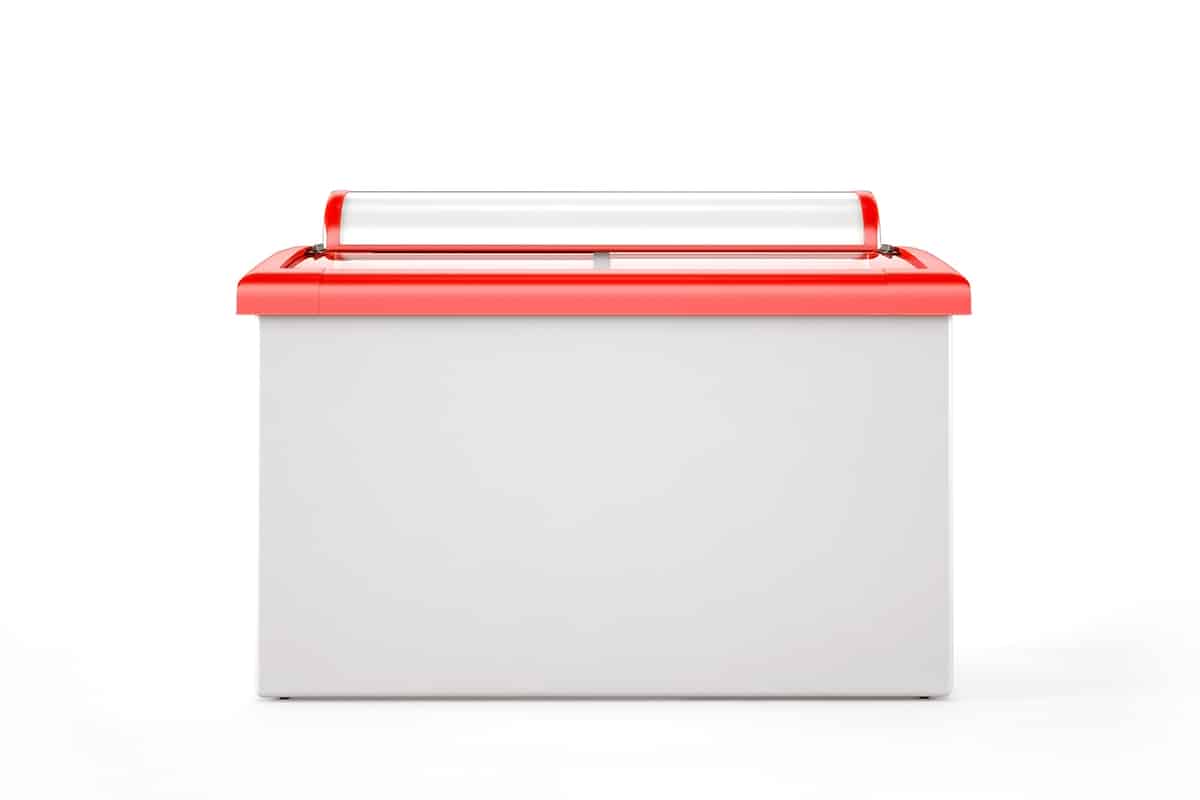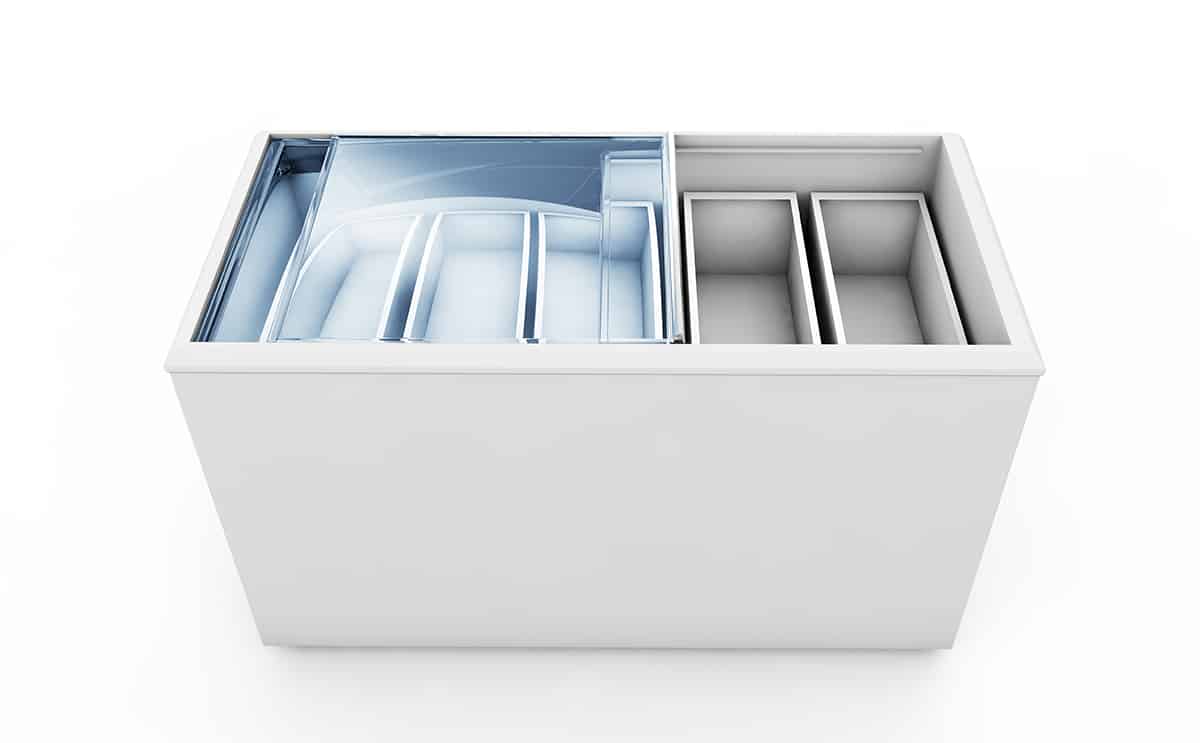Leftovers can be a lifesaver when it comes to meal planning, but did you know that storing them in a chest freezer can help extend their shelf life? However, with the convenience of having a chest freezer comes certain risks, such as overfilling it.
It’s more than possible to overfill a chest freezer, especially if you don’t know how to arrange the contents. Overcrowding not only makes it difficult to find what you’re looking for, but it can also reduce the efficiency of your freezer, leading to increased energy consumption and the potential for spoiled food.
In this guide, I’ll explain what overfilling a chest freezer means, what can happen when you overfill your chest freezer, and what you can do to keep your frozen food neat and organized.
What Does Overfilling a Chest Freezer Mean?
Overfilling a chest freezer means filling it to capacity or beyond, making it difficult to close the lid and trapping in warm air. To get an idea of how much food it takes to overfill your chest freezer, take a look at the owner’s manual. There, you should find a figure expressed in quarts, cubic feet, or liters describing its maximum storage capacity.
Risks of Overfilling a Chest Freezer

1. Difficulty in closing the lid
2. Increased energy consumption
Overfilling a chest freezer makes it difficult to close the lid because there isn’t enough room for it to do so, and the contents inside will expand as they freeze. This can happen if the freezer is too crowded or if things are stacked too high, preventing the lid from closing completely.
3. Food spoilage
The freezer’s interior temperature rises when the lid doesn’t close completely. Bacteria can multiply and cause food spoilage if temperatures rise above their ideal range. If your food is exposed to the danger zone (between 40 and 140°F) for two consecutive hours (or even less), you might as well toss them in the garbage.
4. Mechanical issues
If you overload your chest freezer, you run the risk of damaging the gasket, the thermostat, and the compressor, among other parts. When the freezer is too full, closing the lid can be difficult, putting extra strain on the hinges, seal, and locking mechanism. The motor may have to work harder due to the added stress, which shortens its life and decreases its efficiency. It is possible for the cooling coils to become clogged, decreasing their efficiency.
5. Poor air circulation
Overfilling a freezer can cause the food to shift around inside, making it less efficient at maintaining a constant temperature. The accumulation of warm air in the freezer can cause temperature swings and, in extreme cases, the spoilage of stored food. Furthermore, the freezer may have to work harder and longer to maintain a constant temperature due to the decreased airflow, which can increase energy consumption and cause mechanical issues.
6. Ice and frost buildup
When there is too much food in the freezer, it can block the air vents, leading to a buildup of warm air inside. As a result, condensation may form on the freezer’s interior surfaces and walls. Also, because of the decreased airflow, ice and frost can form on the evaporator coils and other parts, reducing their efficiency and making them ineffective. If frost and ice buildup in the freezer, it can hinder its performance and cause temperature fluctuations.
7. Difficulty finding what you need
The inability to find what you need because of the chest freezer’s disorganization and lack of space is a direct result of overstocking. When the freezer is full, it can be difficult to find what you need, especially if it is at the back or bottom. If you stack things too high, it can be tricky to access the bottom layers without disturbing the rest of the contents. Overstocking the freezer can also make it difficult to take stock of what’s there and find perishables that have been forgotten or buried.
Tips for Organizing a Chest Freezer
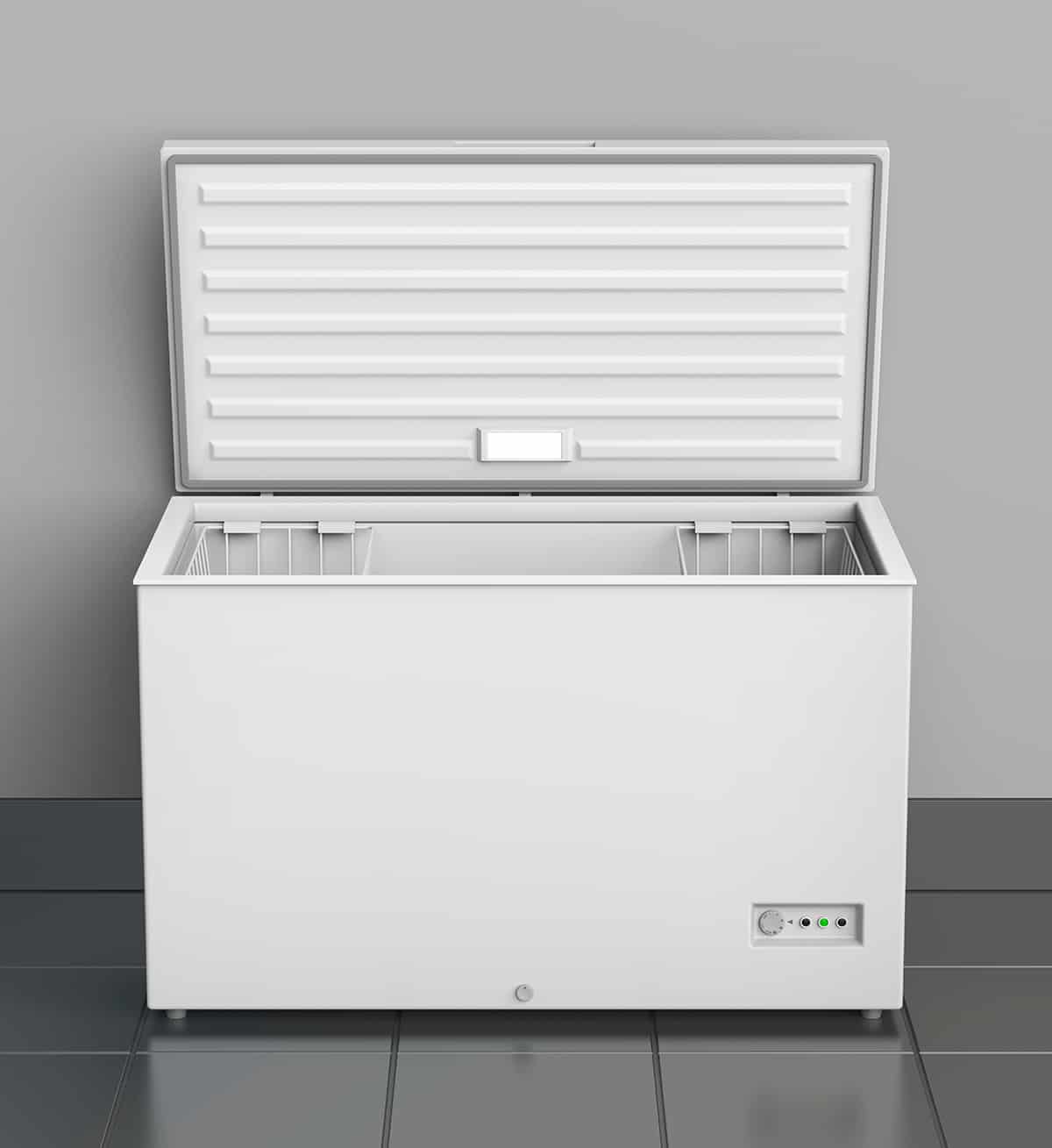
1. Label and date items
This is a simple but effective way to keep your freezer organized and running smoothly. By labeling each item with its contents and the date it was stored, you can easily track expiration dates and avoid waste. This helps you quickly identify items that need to be used up first and ensures that food is stored in an efficient, safe, and hygienic manner. Labeling also makes it easier to find what you need, even if the items are buried at the bottom or back of the freezer.
2. Use airtight containers
When food is exposed to air, it can become dried out and develop an off flavor and odor. Airtight containers or freezer-safe bags help to prevent air from entering and keep food fresh and flavorful. Additionally, using airtight containers helps to prevent spills and leaks, which can make your freezer difficult to clean and maintain. By using airtight containers, you can keep your freezer organized and hygienic, and ensure that food stays fresh and ready to use.
3. Create zones
Designation zones in your chest freezer can help to keep items organized and easily accessible. By dedicating different sections of the freezer for specific types of items, such as meats, fruits and vegetables, leftovers, etc., you can quickly find what you need and avoid having to dig through the entire freezer to find one item. This also helps to prevent cross-contamination and makes it easier to keep track of expiration dates.
4. Keep a running inventory
Keep track of what’s in the freezer and when it needs to be used or replaced by keeping a running list. This has the potential to save money by preventing unnecessary purchases and ensuring that perishables are used before they expire. Keeping track of what’s in the freezer and where it’s been stored can help keep things neat and tidy, as can making sure perishables are rotated and used before they go bad.
5. Use stackable bins
Stackable bins not only help you save valuable freezer space, but they also make it easy to get to things that are at the back or bottom of the stack. Containers that stack safely save space and make it less likely that frozen goods will be crushed in the process of taking stock. Make your freezer more efficient, and easier to keep track of what you have by using stackable bins.
6. Leave space for air circulation
It’s possible that hotspots, frost buildup, and reduced efficiency would result from overstuffing the freezer. Leaving some empty space between containers helps keep the freezer at a uniform temperature. Also, you won’t have to rummage through as many items to find what you need, which can save you time and energy.
